Baseball History Comes Alive Now Ranked #2 by Feedspot Among All Internet Baseball History Websites and Blogs!
Guest Submissions from Our Readers Always Welcome!
Subscribe to Baseball History Comes Alive! for automatic updates (sign-up block found in right side-bar)
As a Free Bonus for subscribing, you’ll get instant access to my two Special Reports: Memorable World Series Moments and Gary’s Handy Dandy World Series Reference Guide!
Scenes from St Louis Browns History, Plus the 1944 World Series Photo Gallery
Click on any image below to see photos in full size and to start Photo Gallery:
[Ed. note: As I’ve mentioned numerous times, we always welcome guest posts from our readers. Today we feature one from Geoff Locander. He attempts to unravel for us the convoluted story of how the St. Louis Browns – who at one time actually were the Milwaukee Brewers – almost became the Milwaukee Brewers again in 1953; while the Baltimore Orioles, who left to become the New York Highlanders/Yankees in 1903, returned! I think you’ll find Geoff’s essay interesting. -GL]
Were the 1953 St. Louis Browns Almost the Milwaukee Brewers?
In March 1953, only weeks before the season’s opening, Boston Braves owner Lou Perini revealed that the team would be transferred to Milwaukee. Since 1903 no team in the National or American League had moved. That last happened when the Baltimore Orioles became the New York Highlanders, and later the Yankees. The Braves’ move began a cascade in which six of the Original Sixteen major league franchises were relocated from 1953 to 1961.
But it could have turned out differently. The new Milwaukee team in 1953 might have been the ex-St. Louis Browns. In fact, the St. Louis Browns had been the Milwaukee Brewers. They moved to St. Louis from Milwaukee in 1902 and were renamed the Browns.
By 1953, the Browns had been a troubled franchise for decades. After much success up through the mid-1920s, the club finished above .500 in just four seasons from 1927 to 1953. Meanwhile, St. Louis became a strongly pro-Cardinals town. The Cards almost always had a winning record in those years, taking eight pennants starting in 1926.
(In the featured photo above, we see the 1944 Browns, the only pennant winner in the Browns long history.)
Donald L. Barnes, an investment banker, bought the Browns in 1933. Over the first nine years of his tenure (all losing), Barnes became convinced the Browns would never make money in St. Louis. In late 1941, the struggling Browns had preliminary American League ownership approval to move to Los Angeles for the 1942 season. Final approval was scheduled for December 8, 1941. The Japanese attack on Pearl Harbor on December 7 changed that. Concerned with likely wartime travel restrictions, the League reversed itself and rejected the move.
Unexpectedly, the Browns revived during WWII, at a time when most “quality” major league ballplayers were in the military. Their success in winning the 1944 American League pennant (with many Browns players having been classified 4-F) was short-lived. After 1945 the Browns were never above .500 again. The club finished last or next to last in seven out of those eight years. Average Cardinals’ attendance during that time outpaced the Browns by roughly 3-to-1.
In 1951 Bill Veeck purchased the team. Veeck, while just 37, had a long history in baseball. His father, William Veeck Sr., had been president of the Cubs in the 1930s. Working as a youthful popcorn vendor at Wrigley Field, Veeck Jr. supposedly came up with the idea of planting ivy on the outfield walls. It was the first of his many baseball innovations, some good, some not-so-good.
In 1940, Bill Veeck left the Cubs. Along with several partners, he bought the Milwaukee Brewers, then a Triple-A team. Under Veeck, the club won three championships. He later sold his interest, making a considerable profit. In 1946 he acquired the Cleveland Indians, who won the 1948 American League pennant and World Series. Veeck sold the team in 1950, at least in part to satisfy a divorce settlement.
Returning to the American League in 1951, Veeck bought the St. Louis Browns. He had run afoul of other league owners several times while directing the Indians. He did so again with the Browns, most famously by pinch batting a 3’ 7” midget, Eddie Gaedel, in 1951. Unhappy with what they considered Veeck’s clownish showmanship, other American League owners were eager to end his reign in St. Louis. Under Veeck, the Browns performed no better on the field and not much better at the gate than they had before.
Bill Veeck was attracted to Milwaukee for the possible relocation of the Browns, having done so well with the minor league Brewers. Milwaukee County Stadium had recently been built with the intent of securing a major league franchise. Unfortunately for Veeck, the other American League owners vetoed his planned move. They wanted Veeck completely gone, not merely resettled in Milwaukee.
Despite the Cardinals’ superior performance on the field and at the box office, their owner Fred Saigh, had a serious problem. He had been convicted of tax fraud and would be forced to sell the team to satisfy the IRS. There was a good offer from a Houston group where the Cardinals owned rights to the territory and would be able to move with approval by the National League.
Veeck’s remaining hope was that the Cardinals would depart St. Louis first, leaving the Browns as the town’s only team. Instead, the Cardinals were bought by a local brewery, Anheuser-Busch, although their offer was lower than that of the Houston group.
Veeck, desperate for cash, sold the Browns to investors in Baltimore, where they moved in 1954 becoming the Orioles. The Orioles had now returned to the Chesapeake Bay after “flying away” 51 years earlier; while the Boston Braves moved into County Stadium now as the Milwaukee Braves.
Shop MLB.com. The Official Online Shop of Major League Baseball.
Geoff Locander
Visit Our Web page: “Baseball History Comes Alive!” now with over 389K hits!:
http://wp.me/P7a04E-2he
Photo Credits: All from Google search
New Poll Question: How Do You Feel About the New 3-Batter minimum Rule for Relief Pitchers? Voice your opinion: https://wp.me/p7a04E-6UO
We are a participant in the Amazon Services LLC Associates Program, an affiliate advertising program designed to provide a means for us to earn fees by linking to Amazon.com and affiliated sites. Click here to view Amazon’s privacy policy

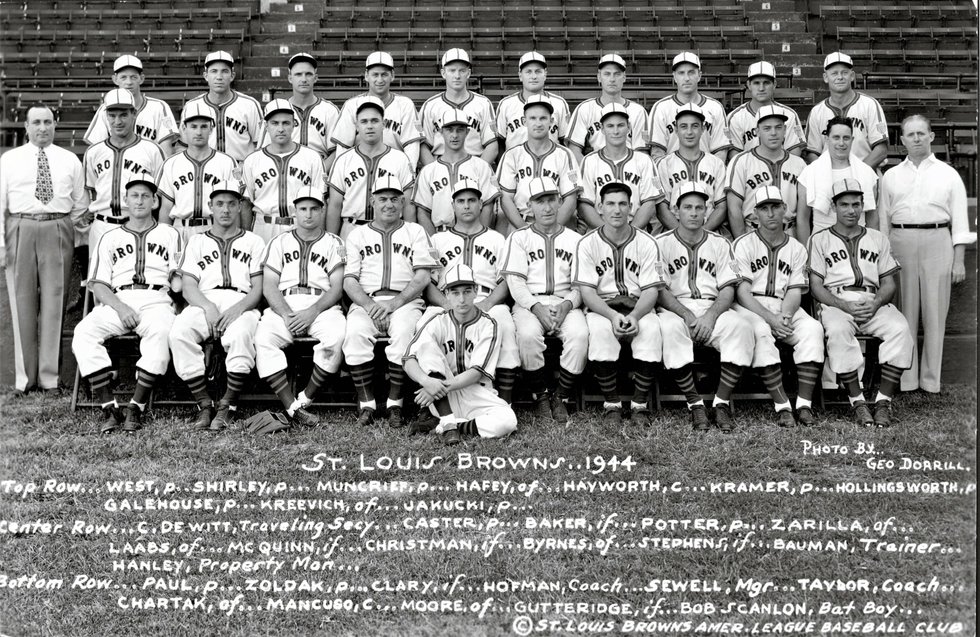
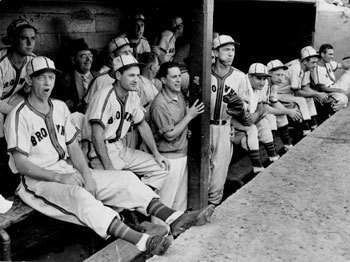
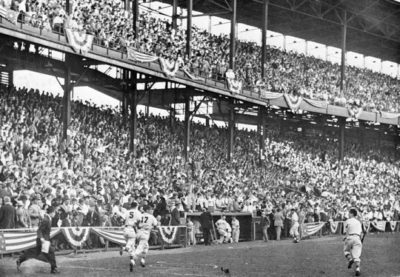
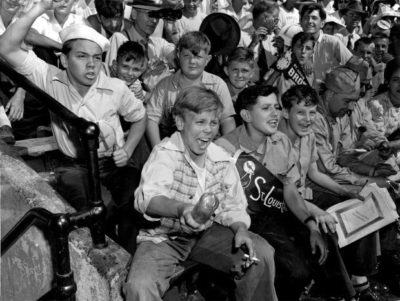
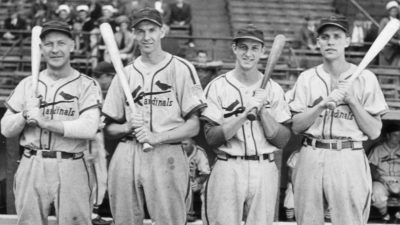
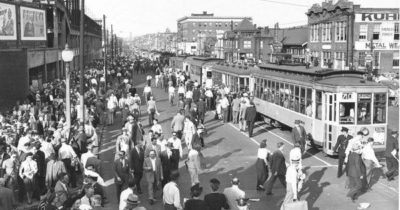
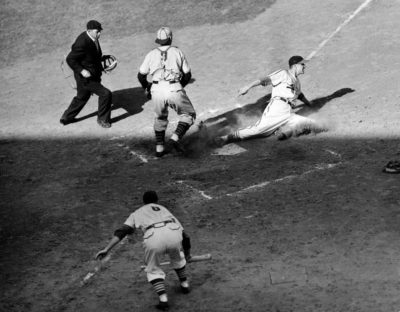
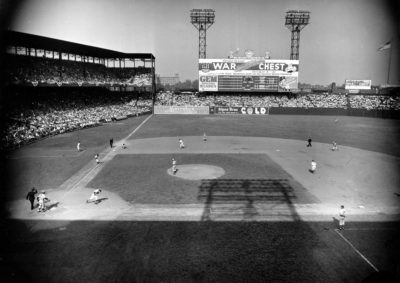
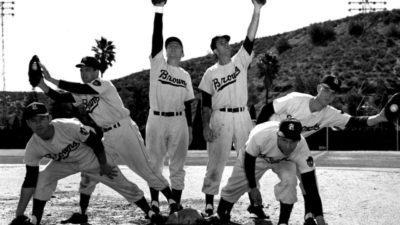
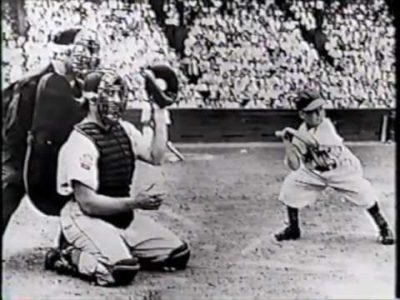
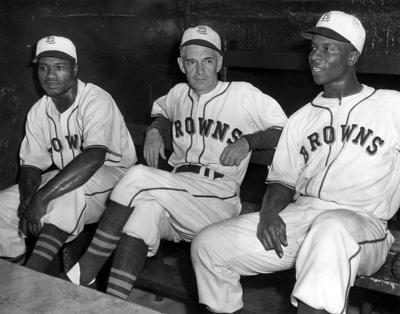
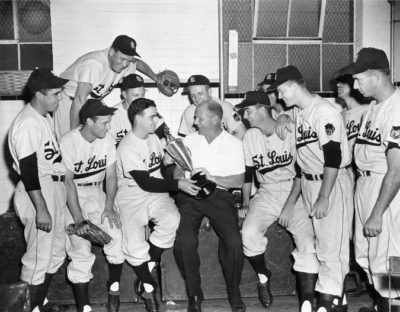
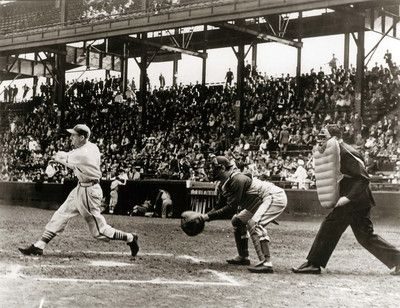
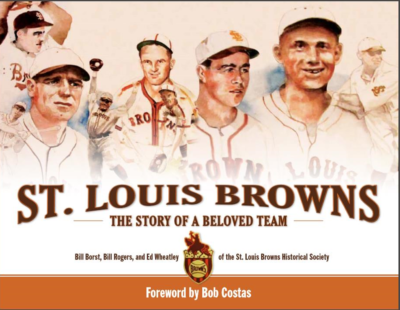
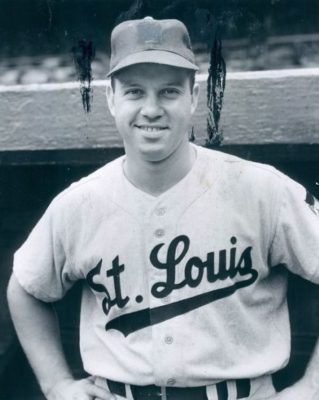
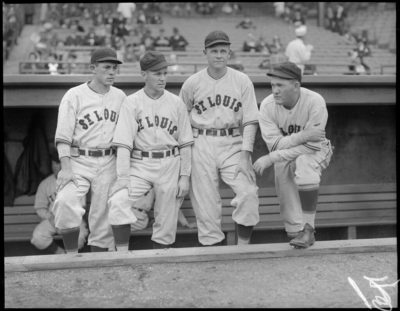
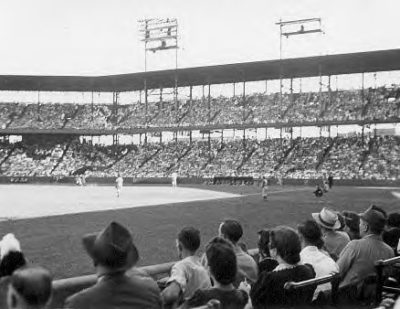
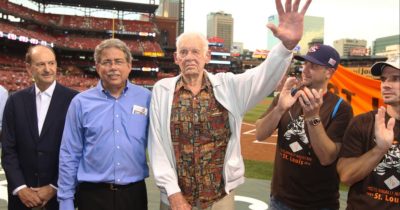
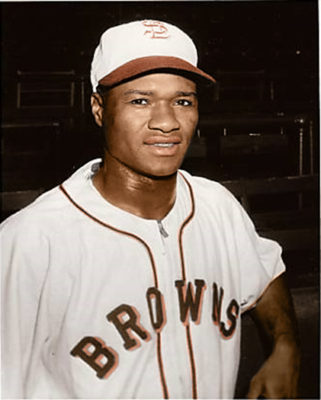
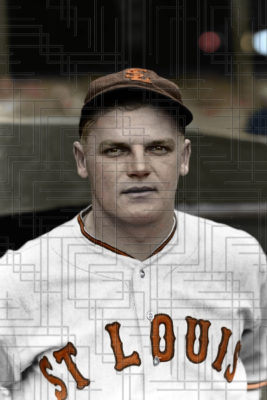

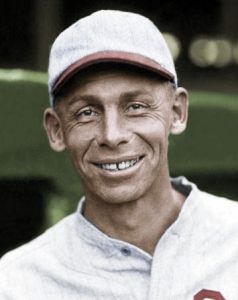
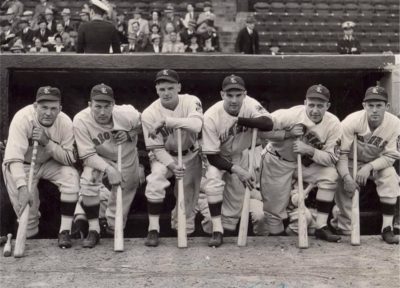
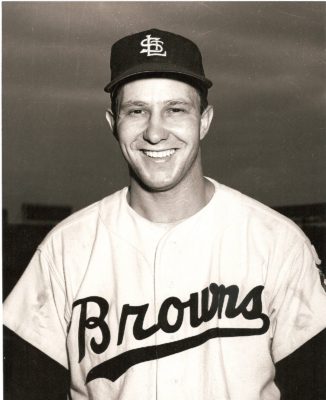
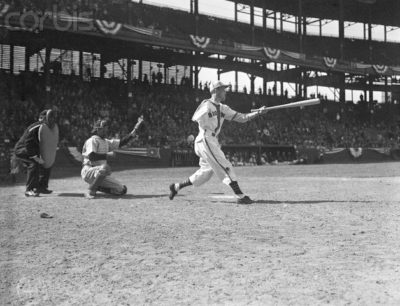
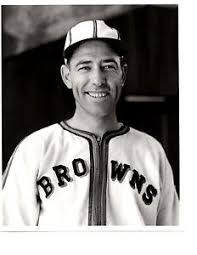
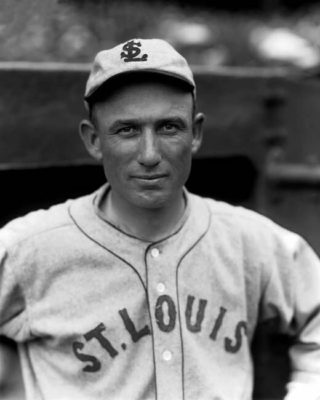
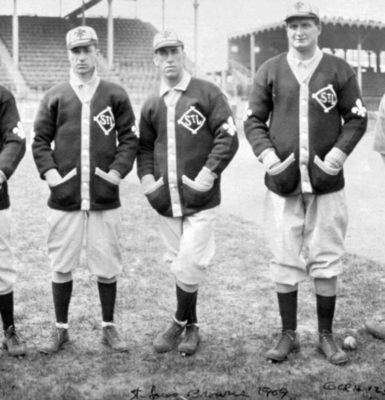
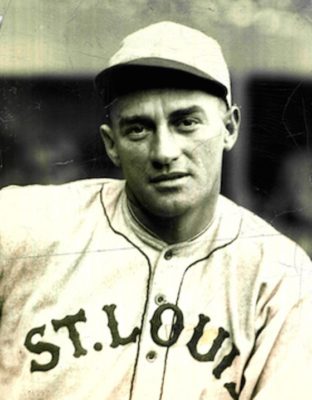
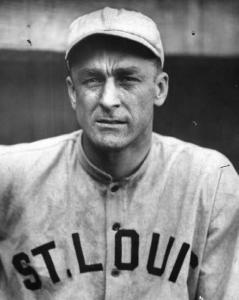
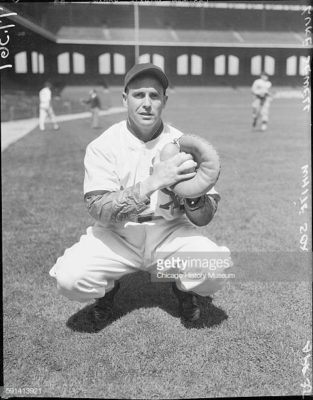
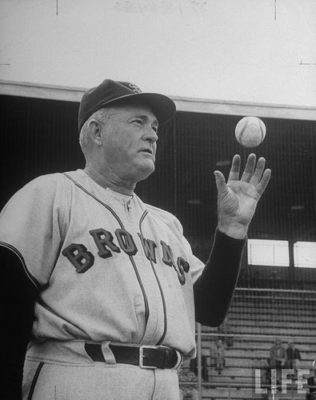
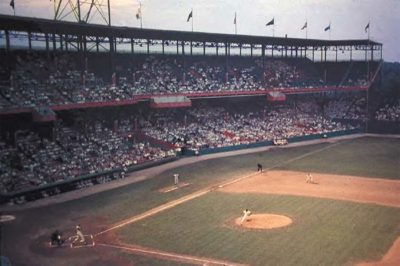
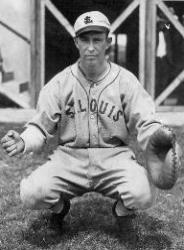
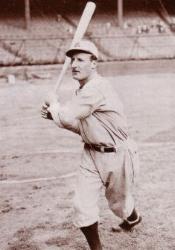
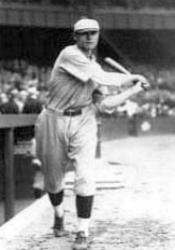
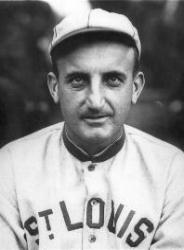
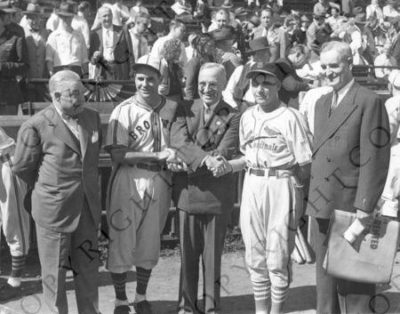
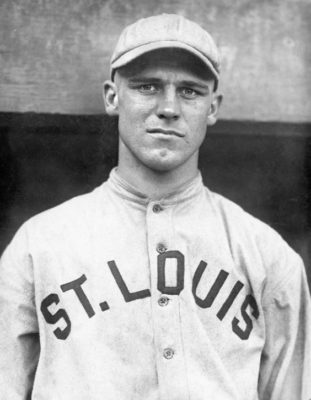
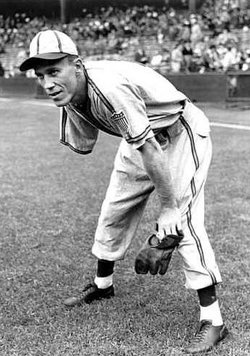
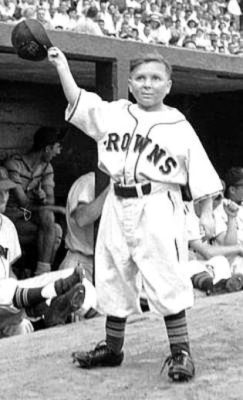
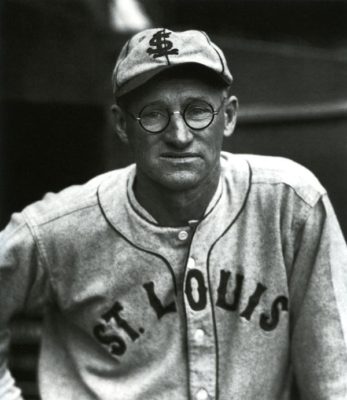
I have an autographed baseball that I believe is the last team of the Browns before moving to Baltimore. Interestingly, Brooks Robinson’s signature is included. Any idea how to verify why Brooks’ name is included, and how can I put a value on this gem? Thank you.